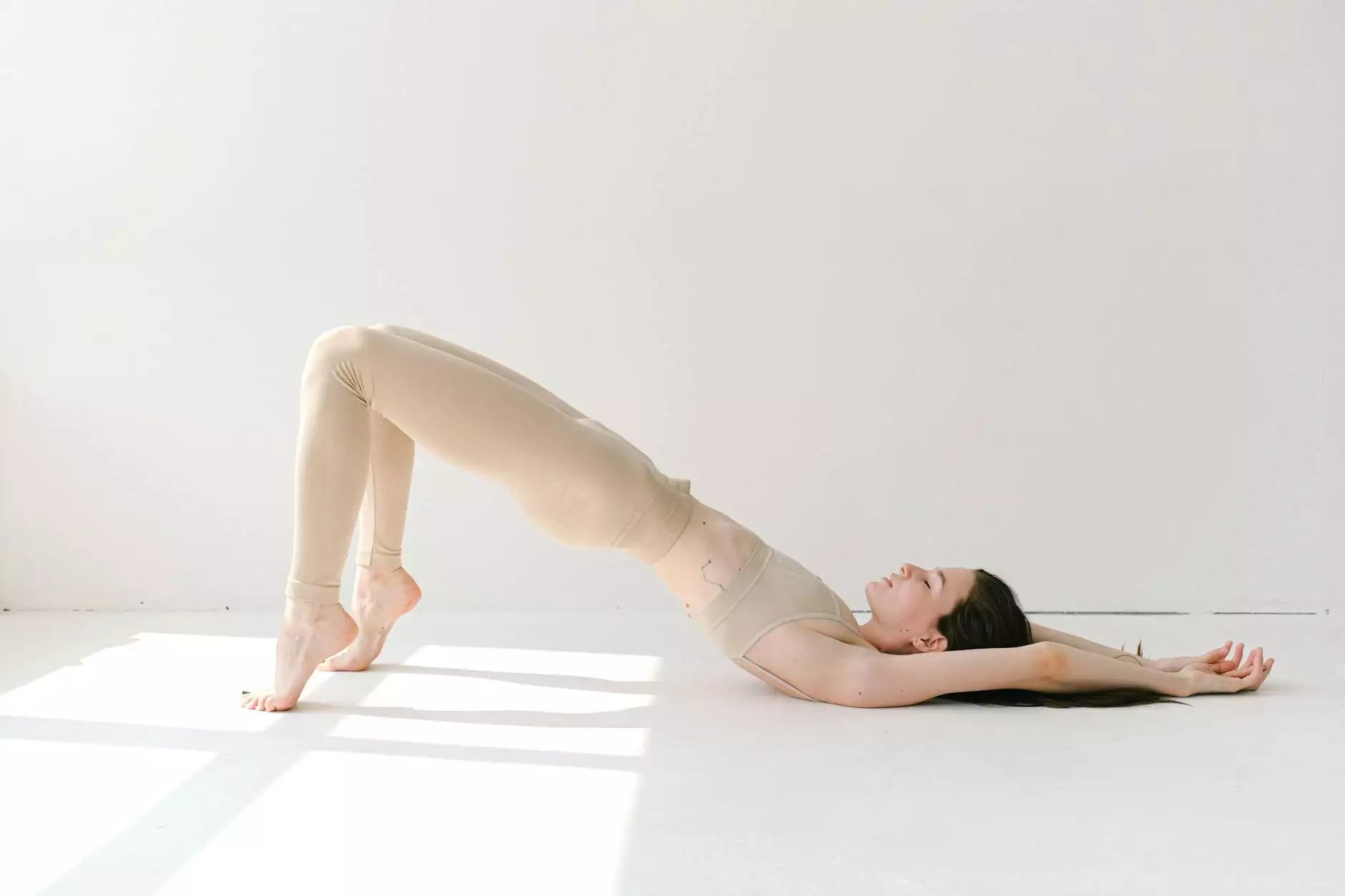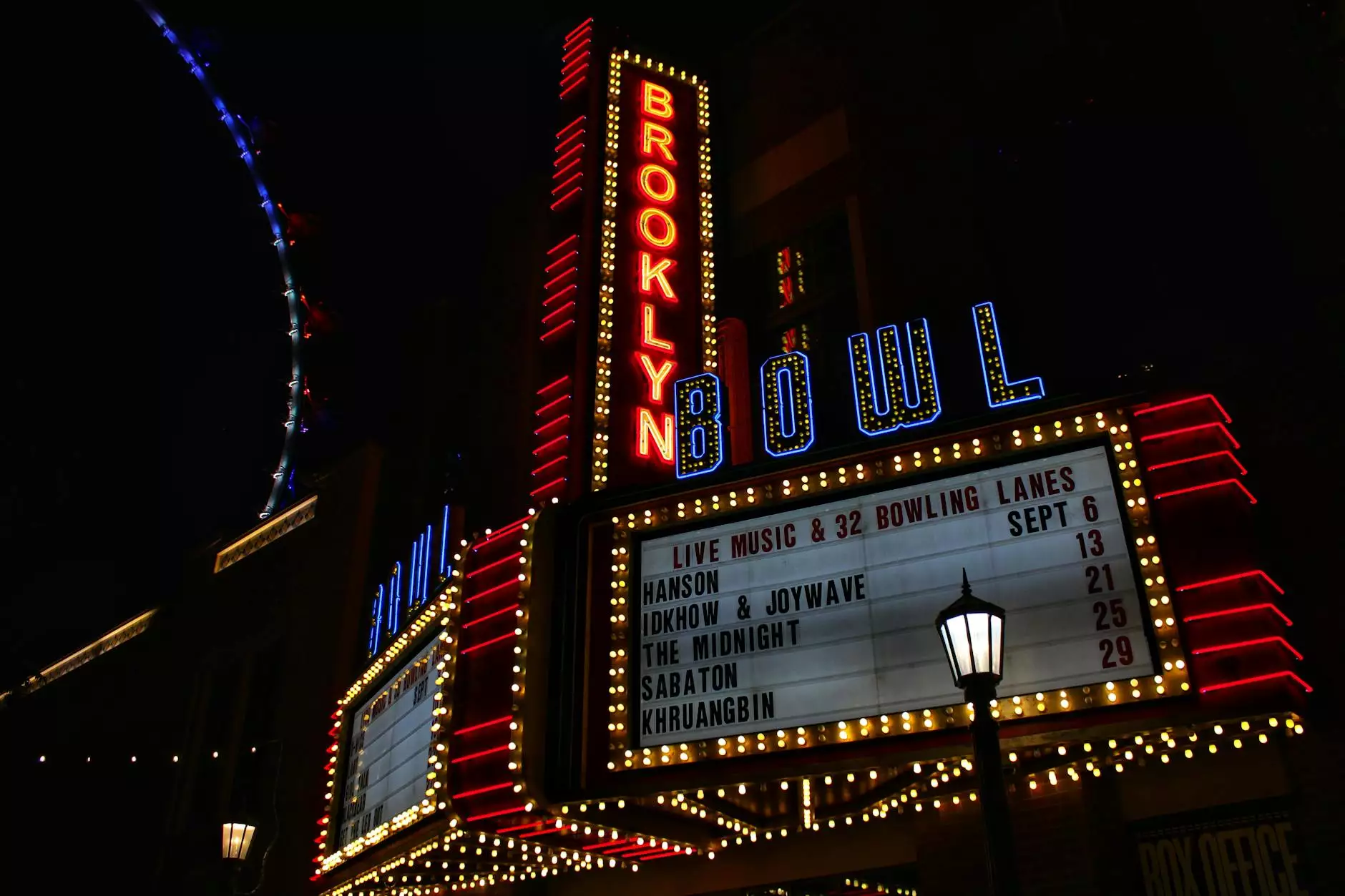Siding Replacement Cost: A Comprehensive Guide

Siding is not just a protective layer for your home; it significantly influences its aesthetic appeal and energy efficiency. When it comes to maintaining or upgrading your home, understanding siding replacement cost is crucial. This comprehensive guide will explore various siding materials, their costs, and essential tips to help you make an informed decision.
What Influences Siding Replacement Cost?
The cost of siding replacement can vary significantly based on several factors. Here are the primary elements that typically influence the siding replacement cost:
- Type of Siding Material: Different materials come with corresponding costs. From vinyl to wood, the choice you make affects the overall price.
- Home Size: The larger your home, the more siding material you'll need, which will increase the overall cost.
- Labor Costs: Depending on your region, labor rates can significantly affect the cost of installation.
- Removal of Old Siding: If your existing siding needs to be removed, this will add to the cost of your project.
- Additional Features: Fancy trims, insulation, or new underlayment can increase costs.
Types of Siding Materials and Their Costs
To get a clearer picture of siding replacement cost, let’s break down various types of siding materials commonly used:
1. Vinyl Siding
Vinyl siding is one of the most popular choices for homeowners due to its affordability and low-maintenance qualities. On average, vinyl siding costs between $2.50 and $7 per square foot, including installation. Key benefits include:
- Durability against harsh weather.
- Resistance to rot and insects.
- A wide range of colors and styles.
2. Wood Siding
Wood siding offers a classic look but comes at a higher price point. Expect to pay between $5 to $10 per square foot. While beautiful, wood requires more maintenance, including regular painting or staining to protect against moisture and pests.
3. Fiber Cement Siding
This option has gained popularity due to its durability and aesthetic appeal. Fiber cement siding typically costs between $5 and $12 per square foot. It mimics the appearance of wood but provides better resistance against fire and insects.
4. Stucco
Stucco provides an elegant finish and is perfect for warm, dry climates. The average cost ranges from $6 to $9 per square foot. Stucco is known for its durability and ability to insulate homes effectively.
5. Brick and Stone Siding
Brick and stone offer unmatched longevity and low maintenance, with average costs ranging from $8 to $20 per square foot. However, the installation is labor-intensive and may require a skilled masonry contractor.
Hidden Costs to Consider
Beyond the basic siding replacement cost, there are additional expenses you should keep in mind:
- Permits: Depending on your location, you may need permits for siding installation.
- Inspection Fees: An inspector might need to review the installation.
- Upgrading Insulation: This can improve energy efficiency but will add costs.
Budgeting for Your Project
Establishing a budget for your siding project is essential. Here are steps to help you manage your finances:
1. Determine Your Needs
Assess whether you need a complete replacement or if repairs will suffice. This will set the groundwork for your budget.
2. Research Different Materials
Compare the longevity, maintenance, and aesthetic appeal of different siding materials to find one that fits your budget and lifestyle.
3. Get Multiple Quotes
Contact various contractors for estimates, ensuring they itemize the costs to help you understand where your money is going.
DIY vs. Hiring Professionals
The decision between tackling the project yourself or hiring professionals can significantly impact your siding replacement cost. Here’s a breakdown of both options:
DIY Installation
While DIY can save money, it requires substantial skills, tools, and time. Common risks include:
- Incorrect installation leading to water damage.
- Unsafe practices without professional training.
Hiring Professionals
Professional installation guarantees quality, safety, and often comes with warranties. While it may be more expensive upfront, it can prevent costly repairs down the line.
Maximizing ROI on Your Siding Replacement
Investing in new siding can enhance your home's value. Here are some strategies to ensure you get the best return on investment (ROI):
- Choose Timeless Styles: Opt for trends that withstand the test of time instead of fleeting fashions.
- Enhance Curb Appeal: Complement your siding choice with appropriate landscaping or other exterior improvements.
Maintenance Tips for Longevity
Regular maintenance extends the lifespan of your siding. Here are some tips:
- Inspect Regularly: Check for damaged panels or signs of mold and address them promptly.
- Clean Annually: Use a gentle pressure washer or soft brush to remove dirt and debris.
- Repaint or Stain: For wood siding, apply fresh paint or stain every few years to protect the material.
Conclusion
In summary, understanding your siding replacement cost is crucial for homeowners considering this important investment. By evaluating your options and accounting for all factors involved, you can make a well-informed decision that not only enhances your home’s beauty but also its value and energy efficiency. Whether you choose to tackle the project yourself or hire a professional, thorough planning will ensure you achieve the best results for your investment.
For more information on siding and related services, visit GutterServiceUSA.com for expert guidance and assistance.









